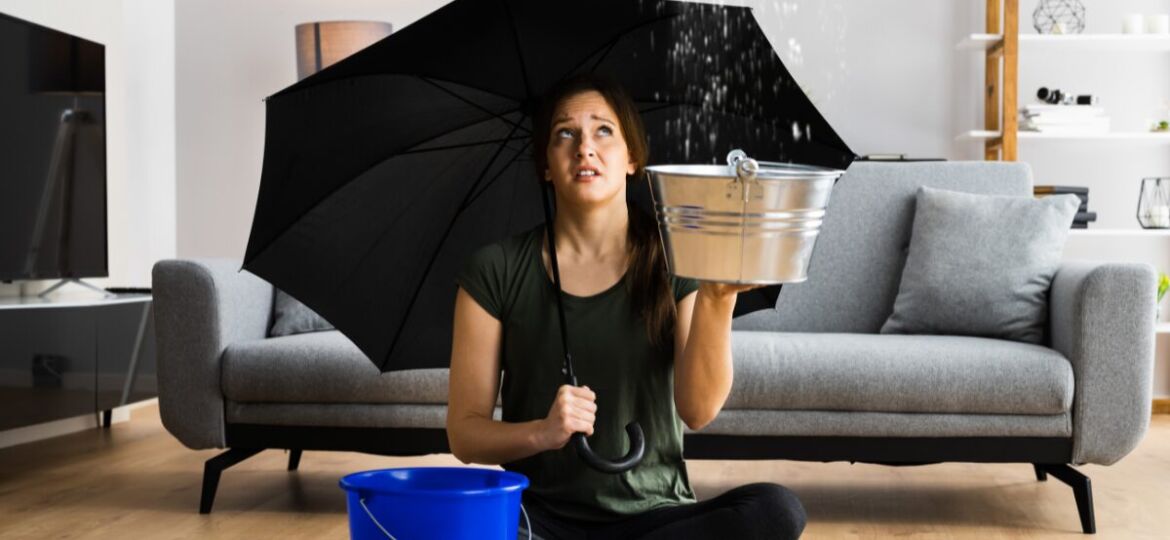
Water damage is a common problem that many apartment owners and tenants face. Whether it’s from a burst pipe, a leaky roof, or flooding, water damage can cause major headaches and costly repairs. That’s why it’s important to know how to effectively handle the situation should it arise.
In this article, we’ll discuss the key steps to take when dealing with apartment water damage, as well as some tips for preventing it from happening in the first place.
Understanding the Damage
The first step in handling water damage is understanding exactly what you’re dealing with. Water damage can be classified into three categories: clean water, grey water, and black water. Clean water comes from a source that does not pose a threat to human health, such as a broken pipe. Grey water is slightly contaminated and may contain bacteria or chemicals, while black water is highly contaminated and can cause serious illness.
The category of water damage will determine the level of precaution and cleaning necessary. If you’re unsure about the source or category of the water, it’s best to assume it’s grey or black water and take the necessary precautions.
Safety First
Before doing anything else, it’s important to ensure your safety. If there is standing water or any potential electrical hazards, do not enter the affected area until you have shut off all power sources. It’s also crucial to wear protective gear such as gloves, boots, and masks to prevent exposure to any harmful substances.
Document the Damage
Once you have assessed the safety of the area, it’s important to document the damage. Take photos or videos of the affected areas and any belongings that may have been damaged. This documentation will not only help with insurance claims but also serve as evidence if legal action needs to be taken against your landlord or contractor responsible for repairs.
Notify Your Landlord
If you’re a renter, it’s important to notify your landlord immediately about the water damage. They are responsible for making repairs and ensuring the safety of their tenants. Be sure to document any communication with your landlord regarding the damage and keep track of all repair costs.
Begin Cleanup
While waiting for professional assistance, you can start cleaning up any standing water or visible damage. Use mops, towels, and wet/dry vacuums to remove standing water and dry out the affected areas. This is crucial in preventing further damage, such as mold growth.
Call Water Damage America
While you may be able to handle some of the initial cleanup yourself, it’s important to call a professional water damage restoration company like Water Damage America. They have the proper equipment and expertise to thoroughly dry out and clean up any damage, as well as conduct necessary repairs.
Preventing Water Damage
Taking preventative measures can also help avoid apartment water damage in the future. Here are some tips to keep in mind:
- Regularly inspect your apartment for any signs of leaks or damage, such as discoloration on walls or ceilings.
- Keep an eye on your water bill. A sudden increase could be a sign of a leak.
- Know the location of your main water shut-off valve in case of emergencies.
- Never pour grease or oil down drains, as they can cause clogs and backups.
- Make sure gutters and drainage systems are clear to prevent flooding during heavy rainstorms.
Conclusion
Water damage is a common and serious issue that apartment owners and tenants must be prepared to handle. By understanding the categories of water damage, taking necessary safety precautions, documenting the damage, and contacting professionals like Water Damage America, you can effectively handle any water damage situation. Remember to also take preventative measures to avoid future incidents. Don’t hesitate to reach us out for assistance and peace of mind. With proper knowledge, preparation, and quick action, you can minimize the damage and cost associated with apartment water damage.

